Definition of Pancreas
Pancreas is gland and a largest organ in our body, and it plays a crucially important role in our well been and health. It is divided in two parts, one being head, trough common bile duct runs, and the body, which is a part closer to spleen and left kidney.
Pancreas has two vital roles in our body: first, it produces all kind of digestive fluids, enzymes and juices that lead into our intestines in order to help our digestion, and second very important role is production of hormone called insulin, which is hormone responsible for blood sugar level maintenance. Blood sugar is the main energy component of the body and without insulin body has not enough energy.
There are several most common pancreas disorders, and any pancreas disorder endangers the whole body. These disorders can be identified by the symptoms they produce, and they might be pancreatic cancer or tumor, diabetes mellitus and chronic and acute pancreatitis.
Symptoms of Pancreatitis
Abdominal pain is the common symptom of all the pancreatitis disorders. Abdominal pain may be sudden and severe. If the abdominal pain appears after a meal, than it is a symptom of pancreatic problems. Another common symptom for all types of pancreatic disorders is increased pain in cases when person is lying down.
Symptoms of acute pancreatitis which is a case of swollen pancreas, may be presence of blood fats pain in the abdominal area, gallbladder disorder, etc.
Symptoms of chronic pancreatitis are very similar to acute one, but in addition they also may be low blood pressure, rapid pulse rate, fever, vomiting, dehydration, loss of weight and malabsorption.
Complications of Pancreatitis
There are two types of possible pancreatitis complications; systematic and local ones. Systematic complications of pancreatitis may be respiratory failure, shock, disseminated intravascular coagulation and metabolic disorders such as hyperglycemia and hypocalcemia.
Local complications from pancreatitis may be abscess, necrosis, pseudocyst (which is fluid collection), ileus, GI hemorrhage, pseudo aneurysm and phlegmon.
Other common complication may also be heart and kidney failure, low blood pressure, diabetes, accumulation of the fluids in the abdomen, ARDS (adult respiratory distress syndrome) ascites and abscesses or cysts in the pancreas.
In severe cases of acute pancreatitis there are several most serious complications. In cases when pancreas is damaged, infection may occur from the bacteria from the small intestine. Signs of this type of infection include possible organ failure high white blood cell count and fever.
For many of those serious complications of pancreatitis, surgery is performed as the only option.
- The current study is a cross-sectional study that was performed in the period from January 2018 to December 2018. Fifty patients with acute pancreatitis were enrolled in the study. It was diagnosed based on at least two criteria of the following: (1) typical abdominal pain, (2) elevated amylase and/or lipase greater than 3 times, and (3) radiological findings are matching with acute pancreatitis.
- Twenty-eight patients (56%) had acute pancreatitis secondary to gall bladder stones, and 13 patients (26%) and 6 patients (12%) had idiopathic and post-endoscopic retrograde cholangiopancreatography pancreatitis (ERCP), respectively. Only in three patients (6%), the etiology was attributed to hypertriglyceridemia.
- Based on Ranson’s criteria, 30 (60%) patients had mild pancreatitis and 9 (18%) patients had moderate pancreatitis while 25 (50%) and 14 (28%) patients had mild and moderate pancreatitis respectively based on abdominal CT findings. It was noticed that 11 (22%) patients had severe pancreatitis based on either CT findings or Ranson’s criteria.
- The mean hospital stay in studied patients was 6.89 ± 1.98?days. The majority (92%) of patients improved while 4 patients (8%) died. As regarding complications, 36 (72%) patients had no complications. Each of respiratory failure, renal failure, paralytic ileus, pancreatic abscess, and diabetes mellitus occurred in 4 (8%), 3 (6%), 3 (6%), 1 (2%), and 1 (2%) patients, respectively.
- There are many causes of acute pancreatitis which in 75–85% of patients can be identified. The most frequent causes of acute pancreatitis are obstruction of the common bile duct by stones (38%) and alcohol abuse (36%) in developed countries. Pancreatitis triggered by gallstone is caused by gallstone movement in the duct. The blockage is located in the bile duct or pancreatic duct, or both.
- Current guidelines suggest that mortality from acute pancreatitis should be less than 10% overall. The mortality rate in this study was 8%. It was reported that a lower than rates of 1.5–4.2% reported in large epidemiological studies of pancreatitis in other countries.
- Routine investigations as LFTs, KFTs, CBC, serum calcium, LDH, amylase, lipase, and blood glucose should be evaluated at the time of admission for any patient suspected to have acute pancreatitis for early diagnosis, severity scoring, and management of acute pancreatitis which will affect the outcomes.


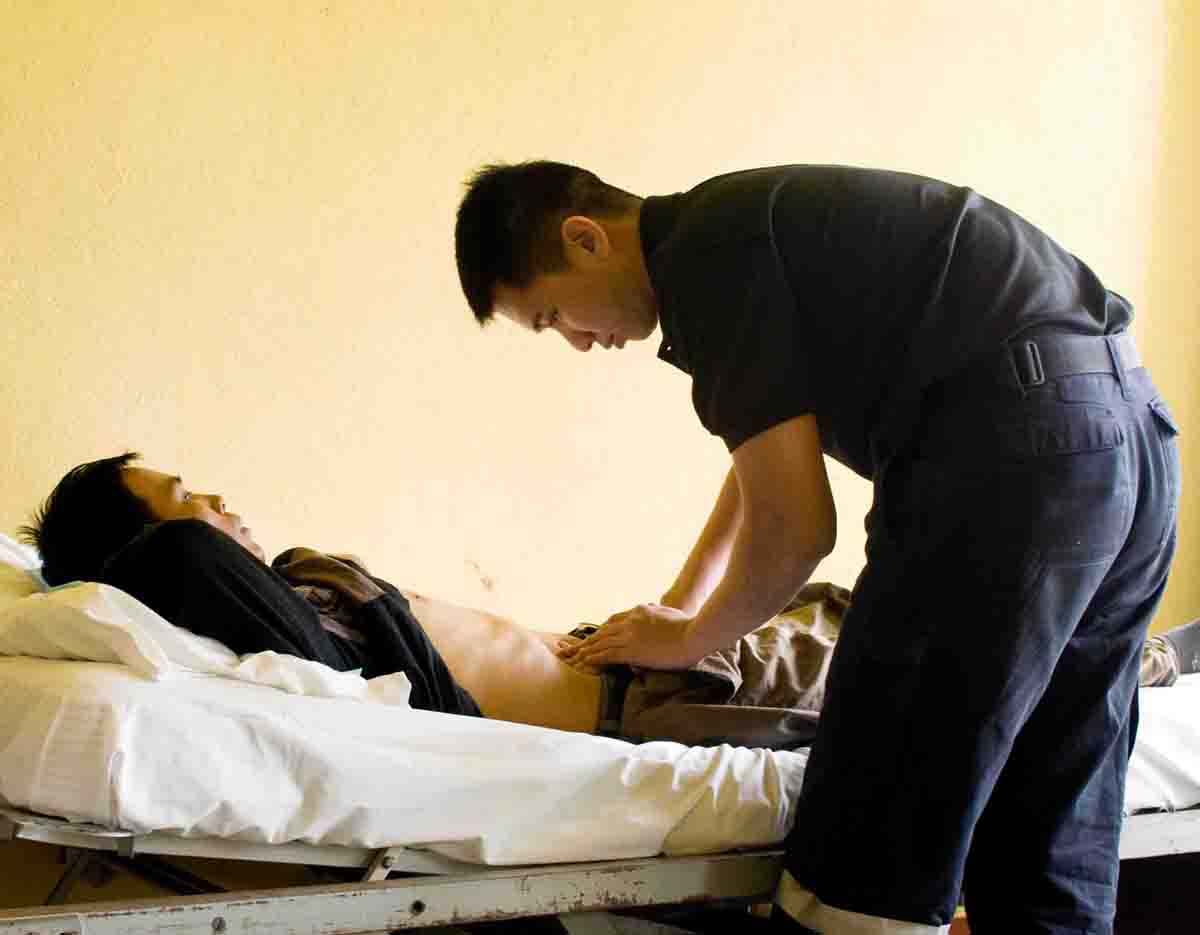
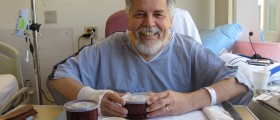

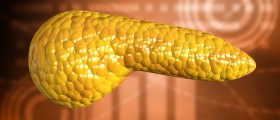





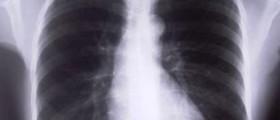




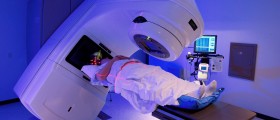
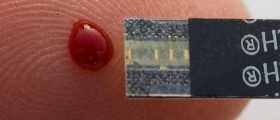
Your thoughts on this
Loading...